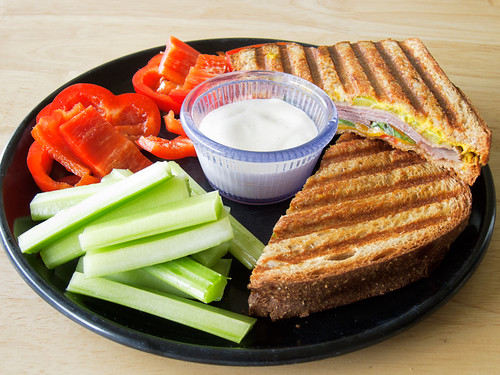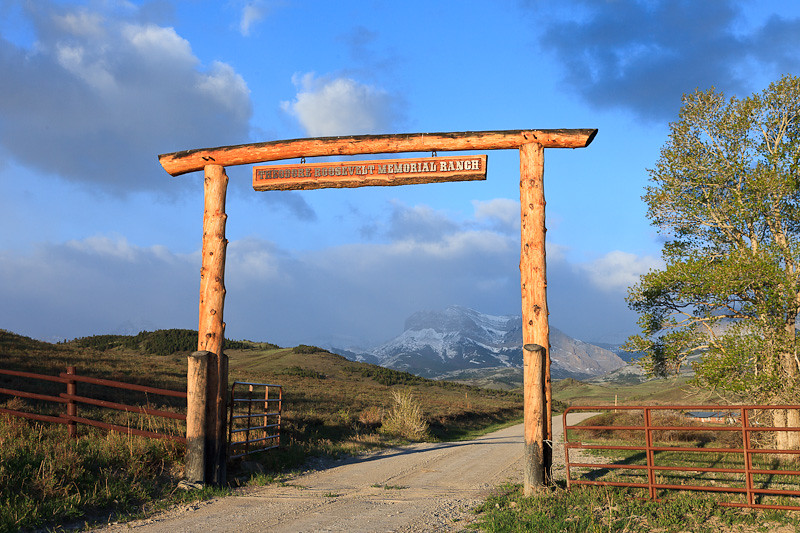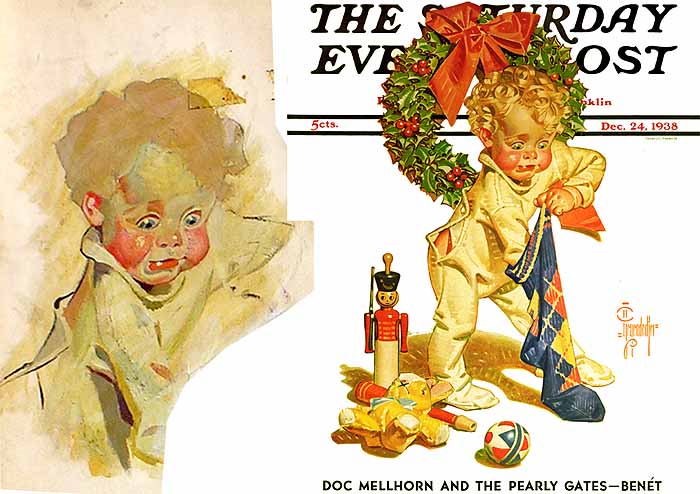 |
Uni-ball 2.0mm
Pencil Lead Sharpener |
I recently acquired the
Uni-ball 2.0 mm Pencil Lead Sharpener from JetPens.com (a wonderfully indulgent online pen and pencil store -
highly recommended). I thought it might be useful to share my experiences with it for use with 2mm clutch pencils.
I typically use Staedtler Mars-780 clutch pencils, which are 2mm drafting pencils that accept a wide range of pencil grades. They are the best compromise between a mechanical pencil (e.g., 0.5mm) and a wood-cased pencil. I have long been using the Staedtler tub sharpener but find it a bit inconvenient when doing art shows for a couple of reasons. First, it is a bit bulky so I have to find a pocket to fit it into, which leads to the second issue, namely that if you tip it upside down, the graphite shavings from your previous pencil sharpenings tend to fall out and turn your drawing kit into a fingerprinting scene from CSI.
 |
| Isn't it cute? |
 |
The clever rotating
cap design |
In an attempt to resolve these two issues, I picked up the Uni-ball pencil lead sharpener. It's quite a cute little device. Made of medium-grade plastic, it has a wonderfully ergonomic design. There are no sharp edges or projections to catch on pockets or clothing so
it can be slipped into a shirt pocket or even thrown into a pencil case along with your other supplies.
The
mechanism is quite simple and basically allows you to sharpen any type of clutch pencil by simply extending the lead into the hole and turning clockwise. Unlike the Staedtler tub sharpener, it doesn't require the lead to be extended to a specific length.


I've included some shots to the right of the sharpener in use to give you an idea of its size - one word, it's small.
Very handy but quite a bit smaller than you might imagine given the product shots.
There is
one drawback to an otherwise perfect little sharpener.
The price. At $9.00 USD, it's simply too expensive to make it a simple solution for most casual pencil users. I draw 5 hours every day so this is sort of a no-brainer for me, especially when I'm at shows. But for those who are casual users, this is most likely too high.
If you happen to break the lead off in the sharpener,
see my post on how to rescue your sharpener!
Overall, this sharpener earns
4.5 out of 5 pencils, and is
highly recommended for those not on a tight budget and who don't abuse their pencil sharpeners.
I would recommend purchasing this sharpener through JetPens.com but be forewarned, you might end up spending a lot more than you planned after browsing through their selection!
 |
4.5 Pencils Highly Recommended |
|

















































